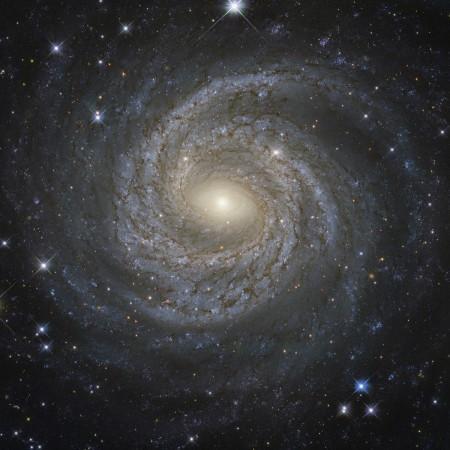
A breakthrough discovery of subatomic particle "protophobic X boson" suggests the possibility of the existence of the fifth fundamental force of nature, a new study has found. "If true, it's revolutionary," said Jonathan Feng, professor of physics and astronomy, in a press release.
There have been only four fundamental forces of nature that are accepted in the study of physics – gravitation, electromagnetism, strong nuclear forces and weak nuclear forces. Analysis of data that was gathered by a group of experimental nuclear physicists at the Hungarian Academy of Sciences researching on the so-called dark photons a year ago has indicated a fifth force of nature, which could change our understanding of the universe.
The latest analysis was conducted by theoretical physicists from the University of California, Irvine, and the study was published in the journal Physical Review Letters.
The research conducted by the Hungarian physicists, led by Attila Krasznahorkay, was aimed at searching for dark photons, which are hypothetical elementary particles proposed as a carrier for dark matter. While the researchers failed to find the "dark protons," they detected a particle 30 times heavier than an electron.
The existence of "protophobic X boson" could be an indication of a fifth force of nature.
"There's no other boson that we've observed that has this same characteristic. Sometimes we also just call it the 'X boson,' where 'X' means unknown," Timothy Tait, a professor of physics and astronomy at Irvine and co-author of the study, explained.
The authors of the study said that further experimentation in the field is crucial.
"The experimentalists weren't able to claim that it was a new force," Feng said. "They simply saw an excess of events that indicated a new particle, but it was not clear to them whether it was a matter particle or a force-carrying particle."
The particle is not very heavy, and laboratories have had the energies required to make it since the '50s and '60s. But the reason it's been hard to find is that its interactions are very feeble. That said, because the new particle is so light, there are many experimental groups working in small labs around the world that can follow up the initial claims, now that they know where to look," Feng said.
He added that the potential fifth force could be linked to the electromagnetic and strong and weak nuclear forces as "manifestations of one grander, more fundamental force."
Citing physicists' understanding of the standard model, Feng also indicated at the existence of a parallel "dark" with its own matter and forces.
"It's possible that these two sectors talk to each other and interact with one another through somewhat veiled but fundamental interactions," he said. "This dark sector force may manifest itself as this protophobic force we're seeing as a result of the Hungarian experiment. In a broader sense, it fits in with our original research to understand the nature of dark matter."











